Cleaning tips for allergy sufferers – reduce dust, pollen and mold allergens at home with these simple methods
Whether it’s pollen, dust or mold that gets up your nose, keep symptoms at bay with these top cleaning tips for allergy sufferers
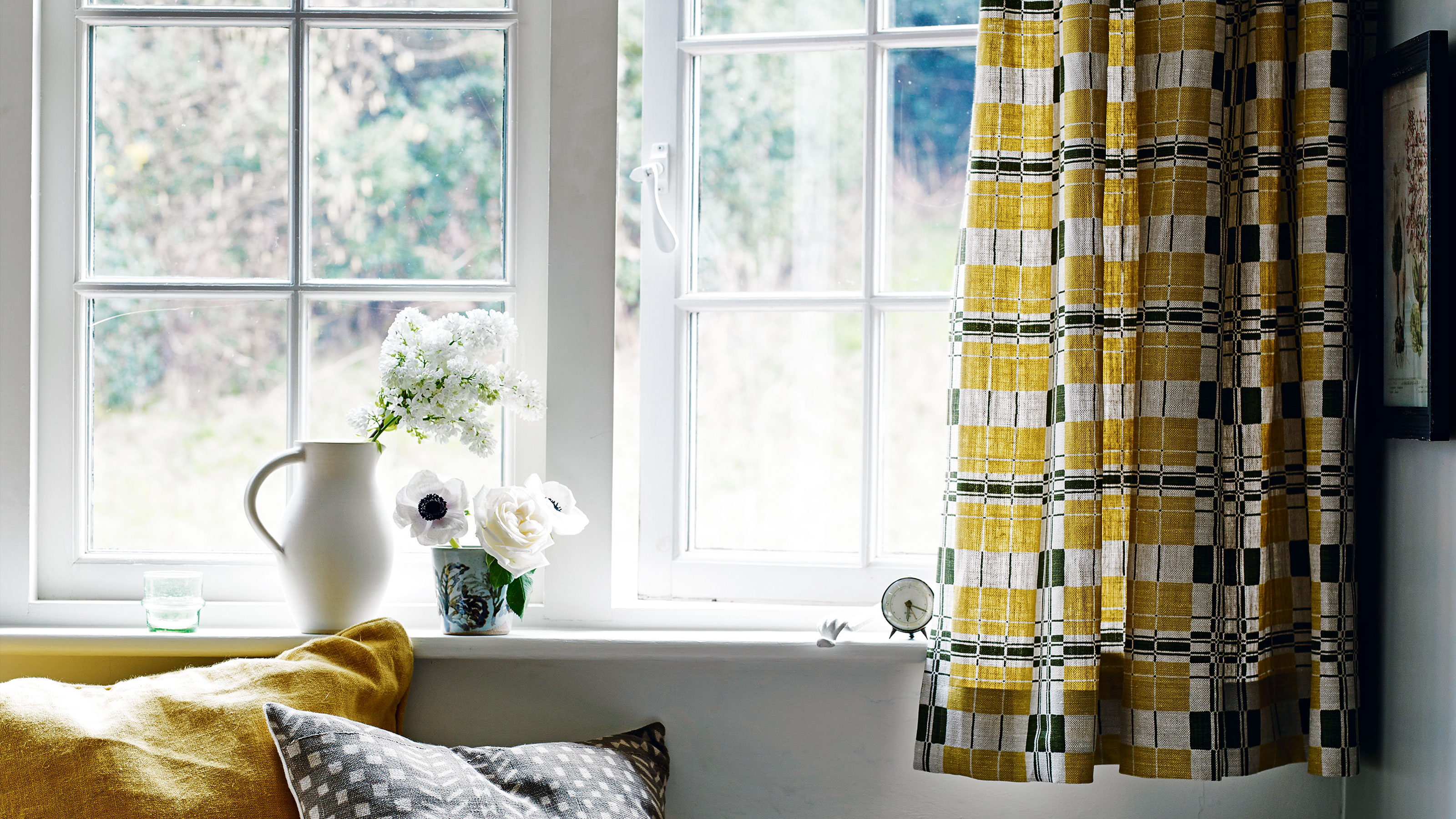
Anyone who suffers from allergies will know how frustrating it can be, mainly if triggered inside your own home, so familiarizing yourself with recommended cleaning tips for allergy sufferers is well worth the effort.
While regular cleaning is the best way to keep symptoms at bay, it can also worsen them if not done correctly. As well as being mindful of your methods, you’ll need to implement them routinely in order to allergy-proof your home to the best effect.
Ideally, you’d have someone in the house who wasn’t an allergy sufferer who could take on the bulk of the cleaning, particularly if it’s not been done in a while. But if that’s not possible, we’ve put together a list of allergy-friendly cleaning tips, approved by the experts, that should make it a more bearable chore… in terms of health, at least!
Cleaning tips for allergy sufferers
‘It’s important to note that for allergy sufferers, ‘regular’ cleaning doesn’t just mean giving your home a quick dust and vacuum. Other tasks such as washing bedding, curtains, and upholstery, wiping down surfaces, and using a HEPA filter are essential if reducing allergens is the goal,' says Karina Toner, operations manager at home cleaning service, Spekless.

Karina is the Operations Manager at Spekless Cleaning, a trusted maid service based in Washington D.C. The team has over five years of experience providing top-quality cleaning services for residential and commercial clients. Karina oversees every aspect of the business, ensuring every client gets the same top-notch service and is spotlessly clean every time.
1. Wear a mask
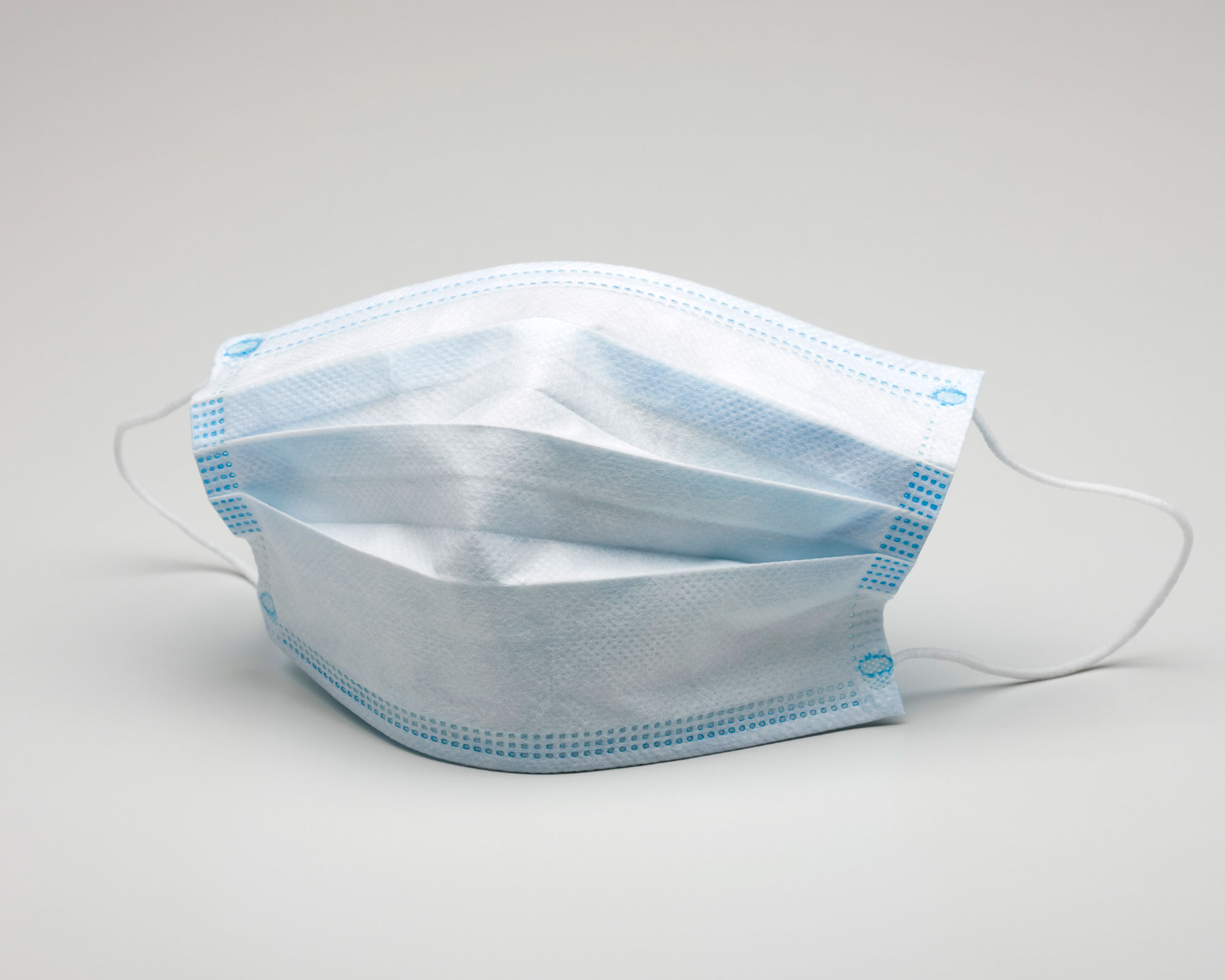
It may sound simple, but one of the best allergy-friendly cleaning tips we can offer is to wear a mask, available at Amazon. Choose one that covers your mouth and nose, for extra protection. If you’re prone to skin flare-ups, it’s a good idea to wear gloves, too.
Any dust you’ve disturbed during your deep clean can take a while to settle, so once you’ve finished cleaning, either leave the mask on for a few hours or try and leave the house if you can.
2. Avoid chemicals at all costs…
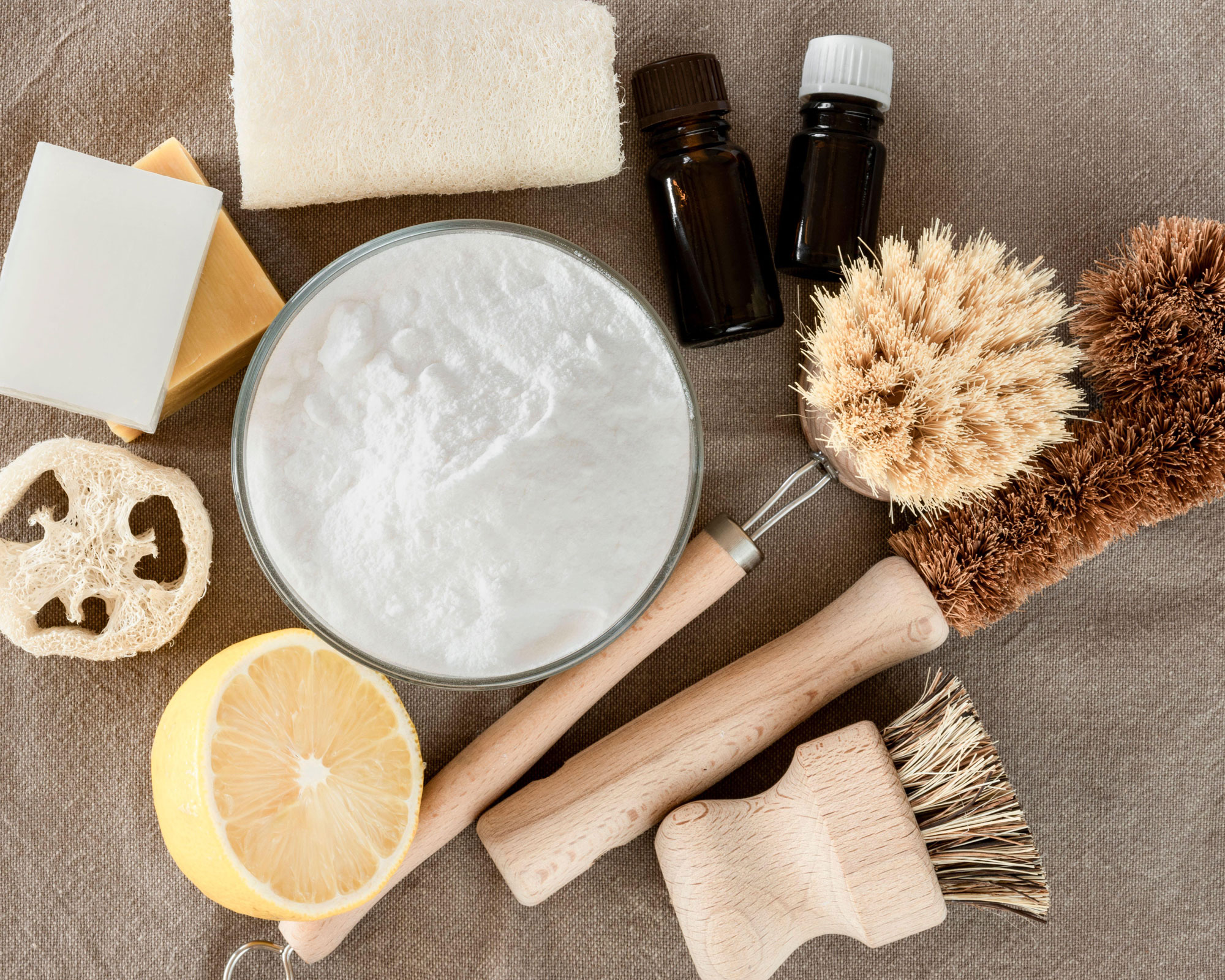
It’s not just dust and pollen that can cause sniffing and sneezing. If you’re not careful with what products you use, the very act of cleaning can cause a flare-up of symptoms.
‘Look out for cleaning products that contain ammonia, chlorine, or formaldehyde, as these can be particularly irritating for those with allergies. Other things to avoid include phthalates, parabens and synthetic fragrances, often found in air fresheners, fabric softeners and detergents. In general, you want to choose products labeled as hypoallergenic or fragrance-free. If you’re unsure about anything, ask your doctor or allergist for advice,' says Karina.
3. … and take the natural approach
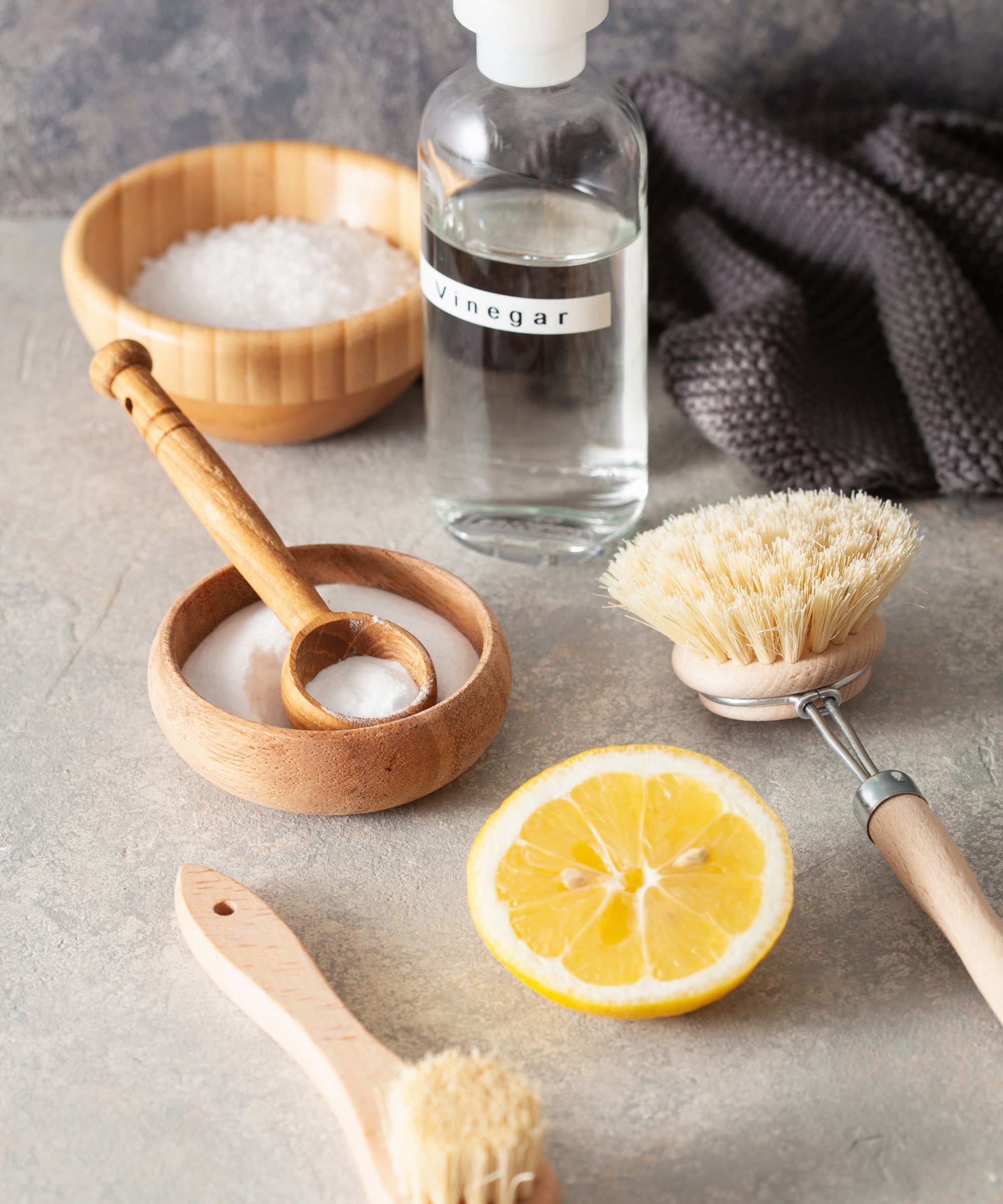
‘You can create your own, homemade cleaning solutions using pantry shelf staples, that can be extremely effective at reducing allergens. For example, mixing equal parts water and vinegar can be used as a natural disinfectant and deodorizer. Baking soda, at Walmart, can be used to absorb odors and clean surfaces, and lemon juice can be used to remove stains and grime,' says Karina.
4. Forgo dusters for damp microfiber cloths
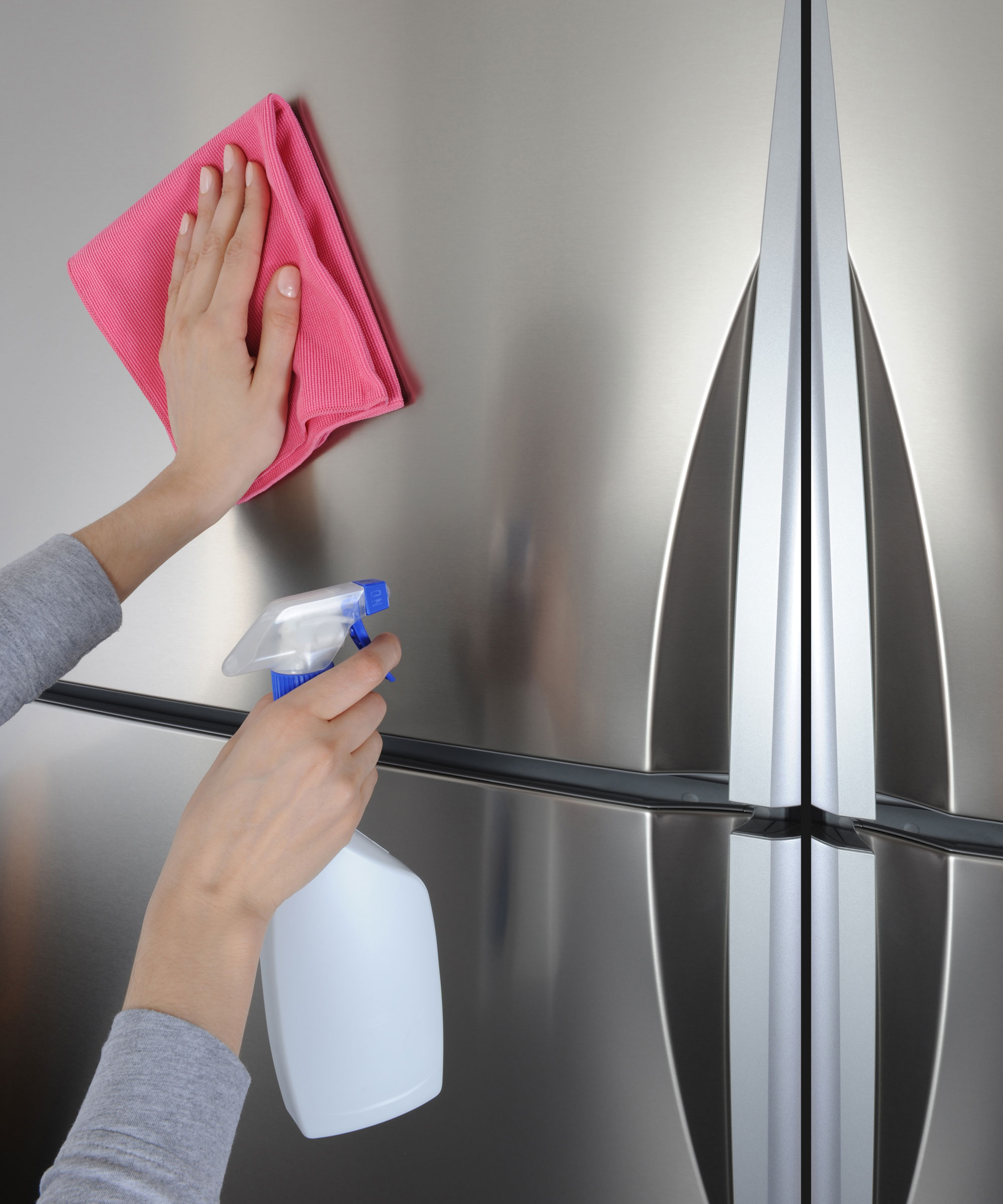
When it comes to removing dust, a microfiber cloth should be your first choice, whether you’re an allergy sufferer or not. They attract dust rather than just pushing it around like traditional cotton versions – even more so when they’re damp. For hard or wooden floors, make life easier by using a microfiber mop, available from Amazon.
5. Use an HEPA vacuum
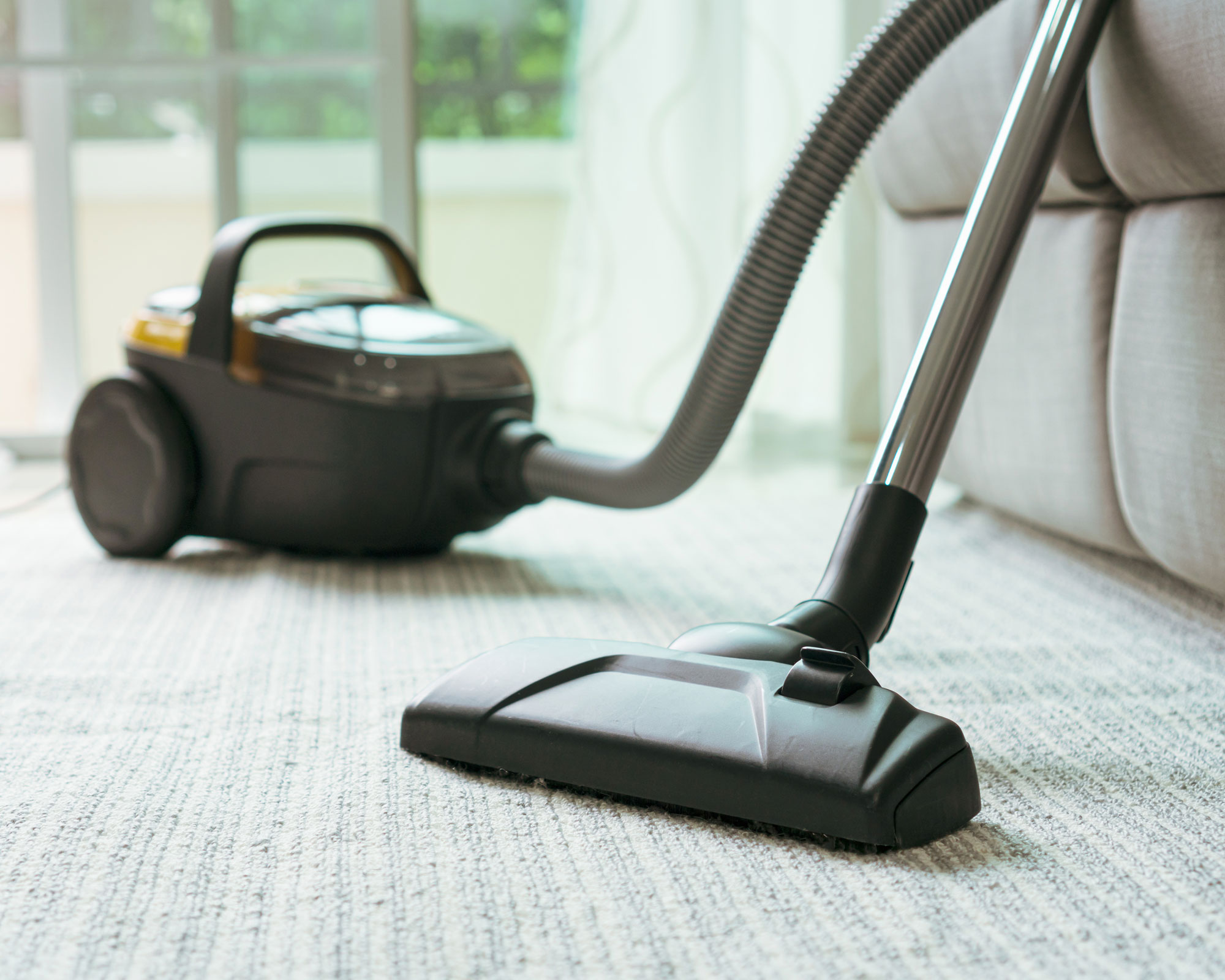
If you’re wondering whether vacuums really help allergies, the answer is yes, absolutely. As long as you’re using one with a HEPA (high-efficiency particulate air) filter, that is.
These models are designed to capture and trap harmful allergens like dust mites, pollen, and pet hair, rather than releasing them back into the room like other vacuums do. By the time you’ve finished, the air itself is cleaner – as well as your floors!’, says lifelong allergy-sufferer Penny Nicholas, cleaning expert and founder of online publication, Sparkling Penny.
Featuring a whole-machine HEPA filtration system, the Dyson V8, available on Amazon, is a great option to consider, and the filter is washable, too.
As they're renowned for harboring allergens, you’ll need to deep clean carpets at least once a year. Take the opportunity to clean your upholstery and clean your curtains, too, but avoid using any kind of shampoo unless it’s hypoallergenic and suitable for the type of fabric.

Penny Nicholas is the professional cleaner behind the cleaning blog Sparkling Penny. She aims to be a go-to source for all things cleaning around the home after learning top cleaning tricks and hacks running her own holiday cottage for over ten years.
6. Invest in an air purifier – and a houseplant or two
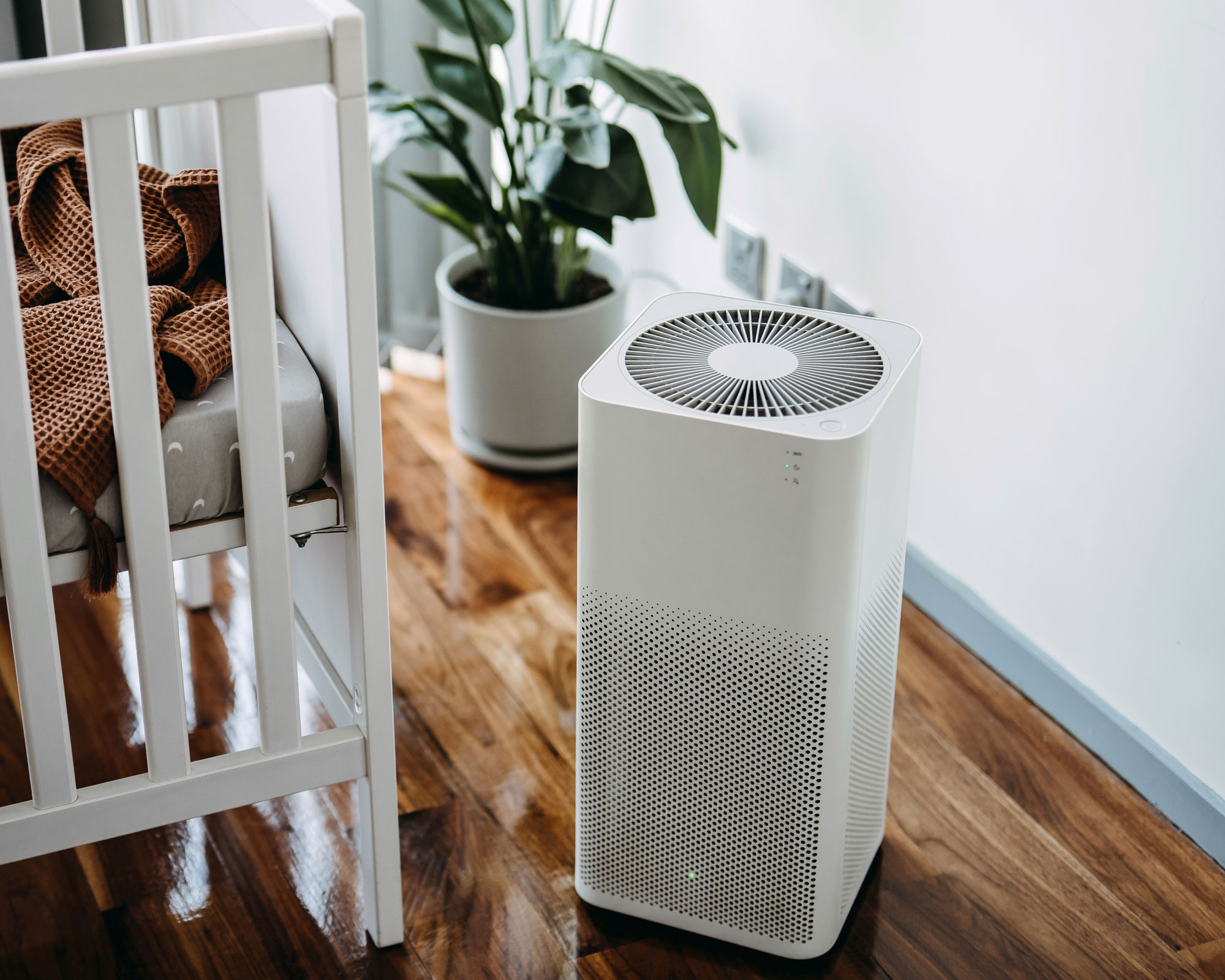
Throwing open the doors and windows come the summer months isn’t the ideal solution when pollen and other airborne irritants are rife. Investing in an air purifier can make a world of difference to your indoor air quality. As well as tackling chemicals, they also neutralize odors, eliminating the need for synthetic air fresheners; packed full of toxins, they’re a no-go for anyone with allergies.
To get the most out of it, choose a model with a HEPA filtration system and ensure you’re regularly changing the filters.
Some scientists have also suggested that choosing the right houseplants can make a positive difference to the air you breathe in. Purifying varieties include snake plants, aloe vera and dracaena. Peace lilies and spider plants are also varieties that can help prevent mold naturally. Just remember to wipe down their leaves with a damp cloth every once in a while to prevent dust from building.
7. Make your bed a bug-free zone
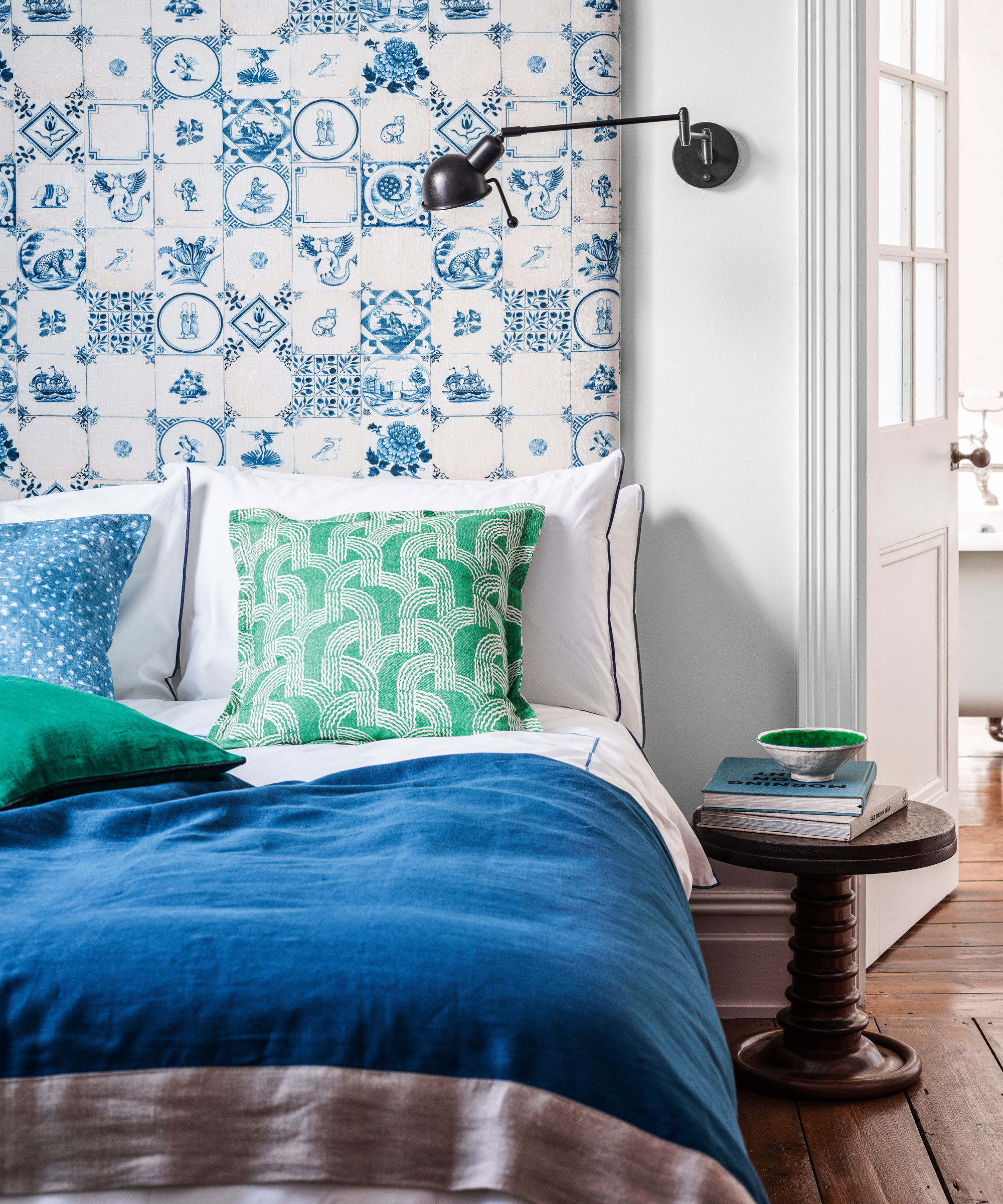
If you regularly wake up feeling worse for wear, you may find dust mites to blame. So, how do you get rid of dust mites; you can’t remove them completely, unfortunately, however, there are some simple things you can do to reduce their numbers.
Start by understanding how to clean a mattress properly, then make sure you do it at least once every 6 months. And how often should you wash your sheets? According to the experts, every week.
Some washing machines have a special setting designed for those with allergens, including an extra rinse cycle at a higher temperature. Failing that, washing your bedding at a higher temperature, in general, should have a similar effect.
When considering how to wash bed sheets or do laundry as an allergy-sufferer in general, all-natural ‘detergents’ are always the way to go. You can add ¼ cup of Borax, at Walmart, per washing load to clean and freshen clothes, and ½ cup of baking soda to neutralize strong odors – handy when dealing with sweaty gym gear or pet bedding, for example.
‘Be aware that dryer sheets are some of the most toxic things around. An excellent alternative is non-toxic wool balls, at Walmart. Add a few drops of essential oil to scent your clothes – favorite scents include lavender, sweet orange, lemon, and geranium’, says life coach and experienced naturopathic physician, Dr. Heather Wilde of Wilde Vitality.
FAQs
How often should you clean your house if you have allergies?
According to the experts, cleaning once a week is generally enough to keep allergens from a building, assuming you’re doing a thorough job each time. We’re talking bedding, carpets, curtains and upholstery, as well as dusting every surface from top to bottom (literally). If that sounds overwhelming, try breaking it down into a weekly schedule; one job per day. It may feel like a hassle, but you’ll feel much better about it.
What is the most effective method for removing allergens?
Regular and thorough cleaning is the most effective method for removing allergens. Still, you can also make things a little easier on yourself by reducing the number of allergens that enter your home in the first place. As well as instilling a no-shoes-in-the-house policy, doormats are essential. For every external door, invest in two – one on the inside and one on the outside – to trap as much as possible. Keeping your windows shut if a high pollen count is expected is also a good idea – as hard as that might be on a sunny day!
While regular cleaning is key to maintaining an allergy-friendly home, if done properly, it’s really not as much of an effort as it sounds. And with a healthier, happier home the end result, we’d say it’s well worth it, don’t you agree?
Sign up to the Homes & Gardens newsletter
Design expertise in your inbox – from inspiring decorating ideas and beautiful celebrity homes to practical gardening advice and shopping round-ups.
For 10 years, Tara King worked as a Content Editor in the magazine industry, before leaving to become freelance, covering interior design, wellbeing, craft and homemaking. As well as writing for Ideal Home, Style at Home, Country Homes & Interiors, Tara’s keen eye for styling combined with a passion for creating a happy – and functional – family home has led to a series of organization and cleaning features for H&G.
-
 6 things you should never throw in the trash – and what to do for safe disposal instead
6 things you should never throw in the trash – and what to do for safe disposal insteadFrom batteries to space heaters, experts reveal what not to throw
By Andy van Terheyden Published
-
 Worst-smelling plants to avoid – experts reveal 5 pungent species and suggest perfumed options to grow instead
Worst-smelling plants to avoid – experts reveal 5 pungent species and suggest perfumed options to grow insteadThese are some of the worst-smelling plants that can cause quite a stink
By Thomas Rutter Published